Central banks are institutions responsible for overseeing a nation’s currency, money supply and interest rates. Central banks were first established in England during 1694 as the Bank of England and they gradually took on additional responsibilities over time such as lending as lender of last resort or regulating commercial banks to help smooth business cycle fluctuations and stabilize financial system fluctuations in an economy.
Central banks remain integral components of modern economies today, and their powers and responsibilities have changed depending on experiences, crises or political pressures over time.Central banks first emerged during the 17th century in England and were officially established as fully functioning central banks by 1694. Over subsequent centuries, central banks proliferated around the globe and assumed more responsibilities, such as issuing currency, controlling interest rates and acting as lenders of last resort to commercial banks regulated by central banks. Their roles and powers continued to expand post-2008 global financial crisis.
Central banks help ensure financial system stability during times of crisis by acting as lenders of last resort and controlling inflation and interest rates. They also aim to foster sustainable economic development by maintaining low inflation rates and interest rates while simultaneously managing the money supply and implementing monetary policy more effectively than private sector banks with access to more information and tools.
What exactly is a Central Bank?
A central bank is an institution that provides financial services to other banks as well as the government. Central banks are responsible for controlling a nation’s overall monetary supply as well as interest rates. A nation’s monetary policy and financial system are both under the jurisdiction of a government institution known as the central bank.
There are four essential components that make up a central bank. It is responsible for producing a nation’s currency. Banknotes and coins that are currently in circulation are only be issued by the nation’s central banks. They have complete command over the availability of currency in the economy. It fulfils the role of a banker for the government. The financial affairs of the government are overseen by central banks, which also provide financial assistance to the state. They do this by purchasing government bonds, which contribute to the financing of government deficits.
It fulfils the role of banker to commercial banks. The central bank serves as a lender of last resort for commercial banks, and these banks keep accounts with the central bank. During times of economic instability, the nation’s central banks extend loans to commercial banks. It exercises authority over monetary policy. The growth of the economy, inflation, exchange rates, and employment are all influenced by the actions of central banks, which include raising or lowering interest rates and controlling the money supply.
When they want to make changes to the economy, they make use of tools such as open market operations, reserve requirements, and interest rates.
The nation’s central bank does not offer banking services to private individuals or commercial enterprises. They have unique regulatory and monetary policy powers, which allow them to do more than simply maximise profits. The goals of central banks are to improve the overall health of the financial system as well as the stability of the economy as a whole.
Central banks are essential to the functioning of modern market economies, despite the fact that they are sometimes the subject of heated debate.
What is the History of the Central Bank?
Central banks have a rich and longstanding history dating back to the 17th century, although monetary units and means of payment date back even further, to ancient Egypt. Governments have controlled the money for centuries, while modern central banks emerged in Europe to help governments finance wars and stabilize financial systems.
The Bank of Amsterdam, established in 1609, was the first central bank to facilitate international trade and ensure monetary stability. Other central banks followed suit in Hamburg, Venice, and Nuremberg; each of these experiments with banknotes made international payments more efficient while simultaneously working toward stabilizing currencies by linking them with gold.
The Bank of England was created in 1694 to assist King William III to finance his war against France. In exchange for lending money to the government, it received permission to issue banknotes and act as its banker. Over time, it took on more responsibilities such as controlling inflation and acting as lender of last resort, becoming a model for other central banks around the world.
Central banks quickly proliferated throughout Europe and the world during the 19th and 20th centuries, beginning with Sweden in 1668 before spreading across France, Finland, Germany and China. Most central banks were initially designed to help governments finance spending like wars or infrastructure projects but gradually came to be seen as vital tools in stabilizing economies and financial systems as a whole.
In 1913, following failed previous attempts at central banking, the U.S. Federal Reserve was established to maximize employment, stabilize prices, and regulate interest rates. Most advanced economies established central banks by the mid-20th century; such institutions quickly become essential policymakers during and following Great Depression.
Since 2008’s global financial crisis, central banks have focused on controlling inflation and acting as lenders of last resort in times of financial crises, increasingly becoming independent from governments. Since using unconventional tools like quantitative easing to stimulate economic growth – though their impact may have become limited in some countries.
Central banks continue to evolve in the 21st century. Some are exploring experimental policy tools or digital currency. Though often controversial, central banks remain essential defenders of economic and financial stability across most nations. With long, complicated histories as policymakers, bankers, and stewards of the global economy as well as attempts to promote the public good through money and credit stability; their powers and responsibilities have expanded substantially due to crises, politics, globalization and other events.
Where is the First Central Bank located?
The Bank of England was the first fully operational central bank, established in London in 1694. Prior to that date, similar institutions appeared throughout Europe during the 17th century such as the Bank of Amsterdam (1609), Hamburg (1619), and Sweden (1668). The Bank of Amsterdam is seen as the precursor to modern central banks.
Established in Amsterdam, in the Dutch Republic (now the Netherlands), it sought to facilitate international payments without the physical transport of gold and silver coins. Instead, it issued paper receipts that served as a currency linked with deposits of precious metals. Thus laying the groundwork for fractional reserve banking and monetary policy.
The Banque de France became one of the earliest European central banks outside Amsterdam and London established in 1800 to fund Napoleon’s war efforts. The Bank of Finland was established shortly after Finland became an autonomous grand duchy within Russia.
The Swiss National Bank was originally founded as the Bank of Winterthur in 1907 to serve as a note-issuing and deposit bank for Switzerland. The Bank of Canada was founded in 1935 to aid Canada during its recovery from the Great Depression and was the first central bank established within the British Commonwealth.
The Reserve Bank of India was established in 1935 and nationalized after India gained independence from Britain in 1949. The People’s Bank of China was established shortly after Communist control was won in China in 1948, originally serving primarily as a commercial bank but gradually taking on more central banking functions since 1979.
By the mid-20th century, most countries had established central banks. Central banks played an increasingly essential role in carrying out monetary policy, providing liquidity, regulating commercial banks and stabilizing economies.
Central banks initially emerged in Europe – particularly Amsterdam and London – but their model quickly spread worldwide due to their advantages for financing governments, facilitating international trade, and stabilizing financial systems. Over time their specific roles and responsibilities have evolved, yet they remain integral parts of most modern economies worldwide.
How does Central Bank works?
Central banks play an essential role in any country’s economy. Their primary responsibilities include controlling the money supply and stabilizing financial systems. Their main purposes include controlling inflation, stabilizing finances, acting as lenders of last resort, facilitating payments and encouraging economic development.
A central bank regulates the money supply to influence inflation and stabilize prices in an economy. Monetary policy tools include adjusting interest rates and altering reserve requirements for commercial banks and open market operations. Raising rates or selling government securities on open markets decreases the circulation of money supply thereby controlling inflation; conversely lowering them or purchasing them increases circulation to support economic growth.
Central banks serve as lenders of last resort to commercial banks when their liquidity crisis threatens to default. By lending money and adjusting reserve requirements accordingly, these policy actions help prevent banking panics or crises from developing further.
Central banks play an essential role in clearing and settling payments between financial institutions. Their payment systems enable commercial banks and other institutions to transfer funds or make payments on behalf of customers, helping maintain smooth markets and an overall economy.
Central banks use expansionary monetary policy to foster economic expansion by lowering interest rates and expanding the money supply, making borrowing cheaper for individuals and stimulating aggregate demand. When an economy is experiencing weak or declining performance, expansionary measures help stimulate it by cutting rates or using other policy tools to increase money circulation.
What is Central Bank Digital Currency?
Central Bank Digital Currency (CBDC) is an electronic form of central bank currency issued and managed by central banks that differs from physical cash. CBDCs would be issued and controlled by them.
CBDCs are direct liabilities of the central bank, like physical cash. Therefore they have equal value with the national currency. CBDCs are held and transacted by both retail and wholesale participants – individuals, as well as financial institutions alike, transact using CBDCs.
CBDCs are designed for both anonymous and traceable transactions depending on the policy of their central banks. Their ability to track transactions that physical cash cannot is an additional advantage over private digital currencies like Bitcoin or stablecoins. CBDCs offer many of the same advantages of cryptocurrencies, such as instant settlement, but with greater stability and oversight.
Furthermore, they promote financial inclusion by giving citizens digital access to central bank money. CBDCs provide benefits to those in underbanked and remote areas who lack access to physical cash, improving payments efficiency and lowering costs while meeting challenges associated with the declining use of physical cash; they allow instant and inexpensive payments between parties and meet challenges caused by its decline. As cash usage falls off over time, CBDCs fill this gap and meet demands for digital central bank money.
What are the functions of Central bank?
Central banks serve as the primary financial institution within any given nation to ensure financial system stability and efficiency. Here are its eight primary duties.
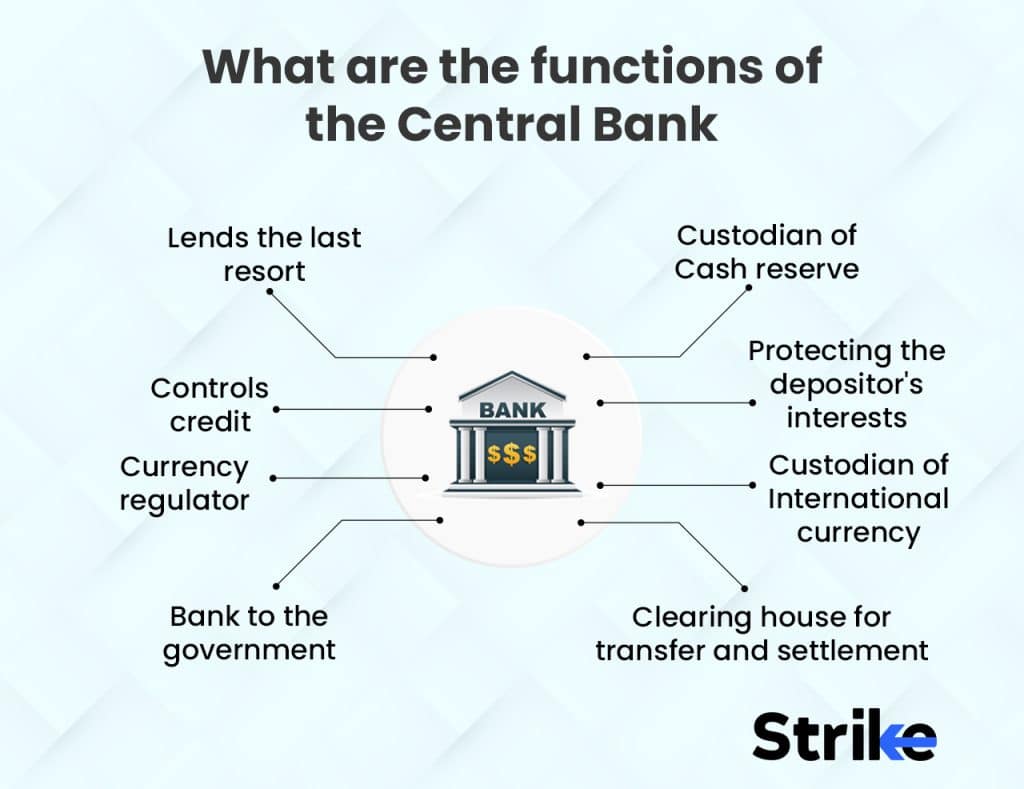
1. Procures the last resort
The Central Bank provides emergency financial support to banks and financial institutions experiencing liquidity issues, thus maintaining stability within the financial system and preventing their collapse during a crisis.
Banks and financial institutions experience a sudden surge in depositor cash withdrawal requests at times of financial distress. To meet this increased cash withdrawal demand, these institutions turn to their central bank as lender of last resort for short-term loans at higher interest rates than market rates in order to remain solvent and ensure stability within their financial systems.
2. Credit Control
The central bank plays an essential role in controlling credit supply by employing monetary policy instruments like interest rates, reserve requirements, and open market operations to manage inflation and promote economic growth. This function must remain intact for this function to succeed effectively.
3. Currency Regulator
The central bank is accountable for issuing and overseeing national currencies. This involves making sure there is enough currency in circulation while protecting its value from fluctuation or counterfeit currency entering the financial system.
4. Bank to the government
The central bank functions as a government bank by offering banking services and managing accounts of government departments and agencies, such as managing their debt, implementing monetary policy decisions and offering advice regarding economic and financial matters.
5. Custodian of Cash Reserves
The central bank holds onto some deposits held by commercial banks as cash reserves, providing essential insurance against banking system instability and solvency, and helping it control monetary policy within its economic impact.
6. Custodian of International Currency
Central banks oversee their respective country’s foreign exchange reserves, consisting of foreign currencies, gold and other assets held overseas. These reserves play an essential role in maintaining currency stability as well as supporting international trade and investment activities.
7. Safeguarding depositor interests
The central bank plays an essential role in safeguarding depositor interests by supervising and regulating the banking system. This involves setting prudential regulations, monitoring compliance by banks and taking corrective actions when necessary to maintain the safety and soundness of banking system operations.
8. Preparing to Transfer or Settle the House.
The central bank serves as a central clearing house to facilitate and settle payments between banks and other financial institutions, helping ensure transactions are carried out efficiently and securely. This is an integral component of financial system health; transactions that don’t settle efficiently or securely would disrupt it significantly.
The above-mentioned functions make central banks a critical aspect of any economy.
What are the Monetary Policies of Central Banks?
Subheads don’t make sense, have tried my best
Monetary policy refers to actions taken by central banks to influence the availability and cost of money and credit in an economy, in order to meet macroeconomic objectives such as controlling inflation, stimulating growth and maintaining financial stability.
Four key aspects of central bank monetary policies are listed below.
1. Issuance of Currency
The central bank is the sole authority responsible for issuing national currency. This means the central bank plays an essential role in maintaining an adequate and steady supply of money in circulation. It does this by closely tracking demand for currency while simultaneously managing interest rates and foreign exchange rates to preserve its value and ensure its proper usage by all.
2. Goals of Central Banks
Central banks’ goals when employing monetary policy typically include policy and financial stability. Price stability involves controlling inflation to preserve a stable price level across the economy, while economic growth refers to encouraging sustainable economic expansion by creating an environment conducive to investment and job creation.
Financial Stability is protecting the financial system against crises by preventing them and mitigating their effects when they do occur, whilst Exchange Rate Stability refers to managing the value of one currency relative to others so as to facilitate international trade and investment.
3. Monetary Policy Instruments
Central banks rely on instruments to implement their monetary policy, including policy interest rates, reserve requirements etc.
The central bank sets its policy interest rate, which has an impactful influence on borrowing costs and savings returns within an economy. The central bank also requires commercial banks to hold back a certain percentage of deposits as reserves, which impacts how much money can be loaned out by commercial banks.
To influence money supply and interest rates, central banks purchase or sell government securities on the open market to affect money supply and interest rates. Discount window lending: Central banks also lend short-term loans directly to commercial banks that impact credit costs and availability in their economy.
4. Unconventional Monetary Policy
Central banks may use unconventional monetary policy measures in times of severe economic stress or when conventional tools of monetary policy prove ineffective.
Through quantitative easing, the central bank purchases large quantities of government securities or other assets to increase the money supply and reduce long-term interest rates.
Central banks set negative policy interest rates to encourage commercial banks to hold onto reserves while at the same time encouraging lending activity and stimulating economic activity. To manage market expectations and provide clarity regarding interest rate movements.
To improve credit conditions and boost economic activity, central banks often purchase private sector assets such as corporate bonds in order to ease credit conditions and boost economic activity.
Why do Governments make Central Banks Independent?
Central bank independence is meant to isolate monetary policy from short-term political pressures. Central banks under the direct control of politicians mean they will be tempted to manipulate interest rates and the money supply to boost growth and employment ahead of elections. This lead to higher inflation and economic instability in the long run. By giving central banks independence, they focus on long-term price stability.
Independent central banks also boost economic credibility and stability. Central banks are perceived as independent means businesses and consumers develop confidence that policy decisions will not be arbitrary or politically motivated. This credibility anchors inflation expectations and fosters a stable macroeconomic environment. For countries that had suffered from high inflation in the past, establishing central bank independence is a way to signal a break from previous policies.
Insulating central bankers from political pressure also allows for policy continuity. Governments and politicians change frequently, while the leadership and policies of independent central banks typically remain stable and consistent over long periods of time.
This consistency leads to policy credibility and effective long-term planning. However, full independence also reduces policy coordination between governments and central banks. There is a risk that independent central banks pursue policies that do not align well with the priorities and objectives of politicians and lawmakers. Some coordination is still needed to ensure policy coherence.
What are the benefits of Central Banks?
Central banks are the backbone of an economy and they are advantageous. Below are nine main advantages of central banks.
Stability of Financial System and Economy.
Central banks play an essential role in maintaining stability throughout both financial markets and economies by overseeing monetary policy, which adjusts interest rates, reserve requirements, etc. to promote steady economic growth without creating crisis situations.
Combatting inflation
Central banks strive to keep inflation low and steady by using different monetary policy tools. Steady inflation levels are essential to an economy running smoothly.
Lender of last resort
Central banks serve as lenders of last resort for commercial banks and other financial institutions, providing emergency funding when necessary to avoid the collapse of the financial system.
Issuing currency
Central banks hold exclusive authority for issuing national currency and have policies in place to maintain its value and stability.
Facilitating payments
Central banks operate systems for clearing checks and electronic payments between commercial banks to facilitate the smooth functioning of the payments and monetary system.
Governmental Banker and Debt Manager
Central banks often serve national governments by holding government deposits and helping sell government bonds.
Establishing Exchange-Rate Policy
Many Central Banks utilize exchange rate policies to influence the external value of their currency in foreign exchange markets and promote stability and competitiveness of exchange rates.
Supervision of banks.
Many central banks also serve as regulators of commercial banks and other financial institutions to help maintain stability within the financial system. They regulate these institutions to maintain stability.
Financial Stability
Central banks monitor risks across the entire financial system and take steps to address potential threats such as asset bubbles or bank runs that threaten stability.
The key benefits of Central Banks revolve around maintaining monetary and financial stability, controlling inflation, supporting economic growth, and regulating the financial system.
What are the limitations of Central Banks?
Central banks also have limitations that are important to understand. Below are eight main limitations of central banks.
Limited control
Central Banks have limited control over the economy. They can influence it through monetary policy tools like interest rates, but they cannot directly control factors like consumer spending, business investment, technological changes, etc.
Policy lags
The effects of monetary policy changes take time to work through the economy. This can make it difficult for Central Banks to take timely action and they often have to act based on uncertain forecasts.
Political pressures
Central Banks often face political pressures to modify the policy to achieve certain goals like lower unemployment. But this can compromise their inflation objectives. Central Bank independence is designed to shield them from such pressures.
Lack of coordination
In an interconnected global economy, Central Bank actions in one country can impact other nations. But there is no strong mechanism for coordinating policy at a global level. This can lead to spillovers, conflicts, and suboptimal outcomes.
Asset bubbles
It is difficult for Central Banks to identify asset bubbles accurately and determine the right policy response. Tightening policy too soon could slow growth, but reacting too late could lead to crisis. They have limited tools for addressing risks in specific asset markets.
Financial innovation
The financial system is continually innovating, and Central Banks may struggle to keep up with the risks from new instruments, markets and institutions. Regulating an evolving system is challenging.
Zero lower bound
Once interest rates reach zero, conventional monetary policy becomes limited. Central Banks may need to use unconventional tools like quantitative easing, but these also have uncertainties and limitations.
Inequality.
Some argue that inflation targeting by Central Banks favors low inflation over full employment. While price stability has benefits, it could exacerbate inequality at times. Central Banks are grappling with how to address distributional issues along with their mandate.
The key limitations revolve around the inherent difficulties of macroeconomic management and regulation, uncertainties from global interconnections and financial innovation, political pressures, and distributional effects – all of which create challenges for Central Banks to achieve stable and optimal policy outcomes.
What are examples of Central Banks?
Below are examples of central banks from top countries.
| Central Bank | Country |
| People’s Bank of China | China |
| European Central Bank | European Union |
| Bank of Japan | Japan |
| Federal Reserve System | United States |
| Bank of England | United Kingdom |
| Reserve Bank of India | India |
| Bank of Canada | Canada |
| Reserve Bank of Australia | Australia |
| Reserve Bank of New Zealand | New Zealand |
| South African Reserve Bank | South Africa |
| Central Bank of Brazil | Brazil |
| Central Bank of Russia | Russia |
| Bank of Mexico | Mexico |
| Central Bank of Argentina | Argentina |
| Central Bank of Chile | Chile |
| Central Bank of Colombia | Colombia |
| Central Bank of Peru | Peru |
| Central Bank of Venezuela | Venezuela |
| Central Bank of Ecuador | Ecuador |
| Central Bank of Bolivia | Bolivia |
| Central Bank of Paraguay | Paraguay |
| Central Bank of Uruguay | Uruguay |
| Central Bank of Costa Rica | Costa Rica |
| Central Bank of Panama | Panama |
| Central Bank of Honduras | Honduras |
| Central Bank of Guatemala | Guatemala |
| Central Bank of El Salvador | El Salvador |
| Central Bank of Nicaragua | Nicaragua |
| Central Bank of Dominican Republic | Dominican Republic |
| Central Bank of Haiti | Haiti |
What are the Largest Central Banks in terms of Assets?
Below are the largest central banks in terms of assets as of March 2023, according to the SWFI Global Central Bank Assets Ranking:
| Rank | Central Bank | Assets (USD) |
| 1 | People’s Bank of China | 5,144,760,000,000 |
| 2 | Federal Reserve System | 8,593,263,000,000 |
| 3 | Bank of Japan | 5,878,875,571,224 |
| 4 | European Central Bank | 4,839,430,000,000 |
| 5 | Deutsche Bundesbank | 2,684,748,269,640 |
| 6 | Bank of France | 2,306,543,661,200 |
| 7 | Bank of Italy | 1,552,899,487,941 |
| 8 | Bank of Spain | 1,329,329,625,660 |
| 9 | Bank of England | 1,291,640,000,000 |
| 10 | Swiss National Bank | 1,037,145,564,215 |
How do Central Banks govern the Banking Industry?
Central Banks govern the banking industry through mechanisms that work together to ensure financial stability and align bank incentives with responsible practices. Regulation is one such mechanism, as Central Banks issue regulations and rules that commercial banks must follow. These regulations cover a wide range of areas, including capital requirements, liquidity ratios, lending standards, risk management, and consumer protection.
The goal is to limit excessive risk-taking by banks and promote a safe and stable banking system. Supervision is another important aspect of Central Bank governance. Central Banks directly supervise commercial banks by inspecting their operations and financial health. They monitor various factors, such as bank assets, lending practices, risk exposure, management quality, and compliance with regulations. This helps to identify issues early on and allows for corrective action to be taken.
Central Banks also control who operates as commercial banks by issuing banking licenses. They set criteria around capital funding, management expertise, business plans, and more. Only firms that meet these criteria are allowed to take deposits and make loans like a bank. Another key function of Central Banks is to act as the lender of last resort, providing emergency funding to banks during crises.
This discourages risky behaviour by banks and limits the spillover effects on the broader financial system if a bank does fail. However, banks are aware that this funding is not guaranteed, so they still aim to operate prudently.
Many Central Banks operate deposit insurance programs to protect customer deposits up to a certain limit. This helps prevent bank runs by reassuring depositors. But again, banks know the insurance is limited, so they work to avoid failure and losing access to deposit funding.
Monetary policy is another way in which Central Banks impact commercial bank operations. Changes in interest rates and other policy tools directly affect banks, and Central Banks consider these effects when setting policy. They also provide guidance to banks about prudent lending and risk practices based on economic conditions.
Central Banks often engage in “moral suasion” – informal discussions with bank executives to signal concerns, suggest best practices, and encourage certain behaviours without issuing formal regulations. This is a flexible way for Central Banks to govern bank behaviour and risk-taking.
How does the Central Bank control Interest Rates?
The central bank manages interest rates primarily with its monetary policy tools, designed to influence the supply and demand of money within an economy and ultimately influence its level. This ultimately impacts interest rates.
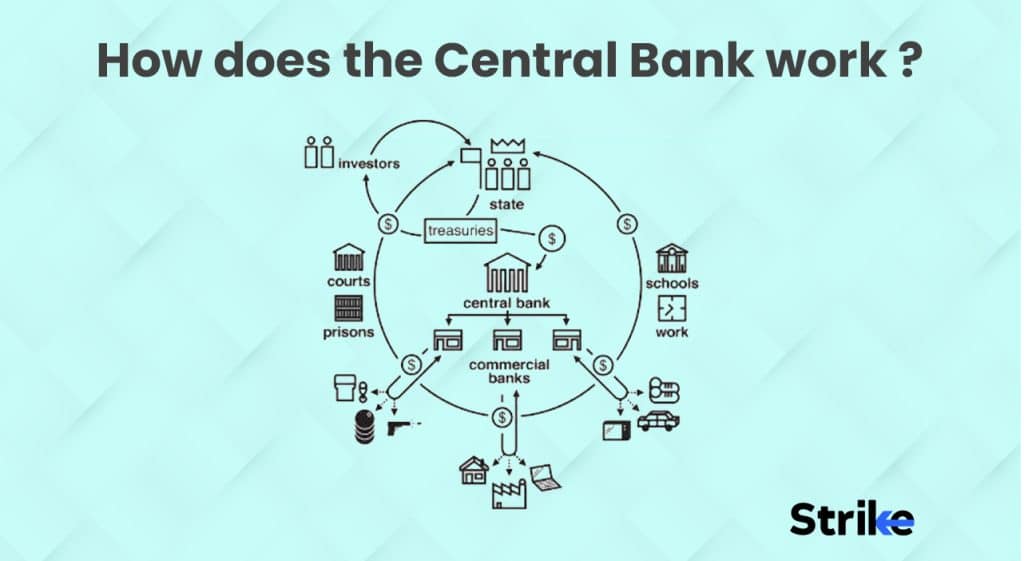
Central banks use setting policy rates as one of their key methods of controlling interest rates, with this process typically including setting either the federal funds rate in the U.S. or repo rates in India or refinancing rate in Europe as the interest rate charged between banks for overnight loans. By altering this rate directly the central bank influence cost of borrowing for banks and, consequently, affect their charges to customers.
At its heart lies Open Market Operations (OMO). Central banks conduct OMO by purchasing or selling government securities on the open market. When purchasing securities, central banks inject more money into banking systems by increasing the money supply – thus lowering interest rates; conversely, when selling securities they reduce the money supply, pushing up rates of interest further.
Central banks exert influence over interest rates by altering reserve requirements for banks. They do this by increasing or decreasing this requirement, which alters how much money banks lend out. By raising this reserve requirement, banks are required to keep more deposits as reserves, decreasing how much they lend out, thus leading to higher interest rates overall. On the contrary, increasing reserves causes more money to enter the economy, leading to lower interest rates overall.
Central banks employ another tool for controlling interest rates, the discount rate. This is an interest rate charged by the central bank on loans made to commercial banks for short-term loans from it, which allows it to influence borrowing costs for banks, thus having an effectful influence on what interest rates banks charge their customers.
Central banks influence interest rates through forward guidance, a communication strategy that provides information about likely future courses of monetary policy. By signalling its intentions to the market and changing expectations for future interest rates, a central bank alters current interest rates directly.
How does the Central Bank control Exchange Rate?
A central bank raise or lower interest rates to influence the exchange rate. This makes its currency more attractive to foreign investors. This will increase the demand for the currency and cause its value to rise in the foreign exchange market. Conversely, lowering interest rates weaken the currency. The central bank also shrinks or expands the money supply by selling or buying government securities.
An increase in money supply leads to higher inflation and makes the currency less valuable, causing its exchange rate to fall. A decrease in the money supply strengthens the currency by controlling inflation. Thus, managing the money supply is another means to influence the exchange rate. The central bank actively trades foreign currency reserves to directly control the exchange rate.
For example, if it sells foreign currency and buys its own domestic currency, it causes a surplus of its currency in the market, making it less valuable and bringing the exchange rate down. Conversely, buying foreign currency increases demand and raises the exchange rate. Intervening in foreign exchange markets is the most direct method to manipulate the exchange rate in the short run.
How does the Central Bank control Inflation?
First, the central bank adjusts interest rates. An increase in rates makes borrowing money more costly for businesses and consumers, helping to prevent price levels from rising too rapidly. Decreasing rates has the opposite effect. therefore, changing key interest rates like the federal funds rate directly is one way the central bank use interest rate changes to influence inflation.
Second, the central bank regulates the circulation of money through open market operations such as selling or buying government securities. Reducing the money supply makes borrowing and spending money more costly; this in turn lowers demand and puts downward pressure on prices; increasing it stimulates spending leading to an increase in inflation if purchased; managing the money supply is therefore an extremely powerful tool to use against inflation.
Thirdly, the central bank raise or lower reserve requirements for commercial banks. Higher reserve requirements limit how much banks lend out and reduce inflationary pressures while lower requirements have the opposite impact. Adjusting reserve requirements gives the central bank another means of controlling inflation more subtly than with interest rates or open market operations.
How does the Central Bank control Money Supply?
Central banks use monetary tools to control the supply of money in an economy. One such monetary tool is open market operations, which is buying and selling of government securities by the central bank. This increases or reduces money circulation depending on what direction its purchases or sales go in. Central bank purchases increase circulation due to sellers getting more money into their bank accounts. Conversely, Central bank sales reduce it by forcing buyers out of their accounts by forcing payments onto them instead. Thus open market operations represent one effective method used by central banks for controlling the money supply control.
A central bank also uses reserve requirements as an effective tool to exercise greater control over both commercial banks and their total amount of money created. A higher reserve requirement means less money is available for lending out; lower requirements allow more loans out, thus expanding the money supply. Adjusting reserve requirements enables central banks to exert wider control over banking systems and the total amounts of new money created.
The discount rate refers to the interest rate charged by central banks to commercial banks when they borrow money from them. Banks find borrowing more expensive when increased, restricting their ability to lend and reducing the money supply, and when decreased it has the opposite effect and increases the money supply. Although its use has become less prevalent over time, central banks still use discount rates indirectly and influence them indirectly in this way.
How many Central Banks are there?
There are over 200 central banks in the world. The most common type of central bank is a national central bank, which is responsible for the monetary policy of a single country. Below is a list of the top central banks in the world.
- The Federal Reserve System (United States)
- The European Central Bank (European Union)
- The Bank of England (United Kingdom)
- The Bank of Japan (Japan)
- The People’s Bank of China (China)
- The Reserve Bank of India (India)
- The Bank of Canada (Canada)
- The Reserve Bank of Australia (Australia)
- The Reserve Bank of New Zealand (New Zealand)
- The South African Reserve Bank (South Africa)
Does every country have Central Bank?
No, Not every country has a central bank. Some countries have a different set-up for overseeing monetary policy and regulating the financial system. However, most major economies in the world do have a central bank.
Are Central Banks governement agencies?
Yes, most central banks are government agencies or state institutions technically. However, central banks are designed to be politically independent to some degree so they effectively manage monetary policy.
Is there a standard terminology for naming a Central Bank?
No, there is no single standard terminology for referring to a central bank. Different countries use different names for their central banks.
The Act gives the SEC extensive control over all facets of the securities market. This includes the authority to authorise, licence, and manage the nation’s securities self-regulatory organisations (SROs), transfer agents, and brokerage companies.
Does Central Bank regulate by SEC?
No, Central banks and securities regulators like the SEC (Securities and Exchange Commission) are two different entities that regulate the financial system.
Is Central Bank responsible for regulating cryptocurrency?
No, central banks are not directly responsible for regulating cryptocurrencies.
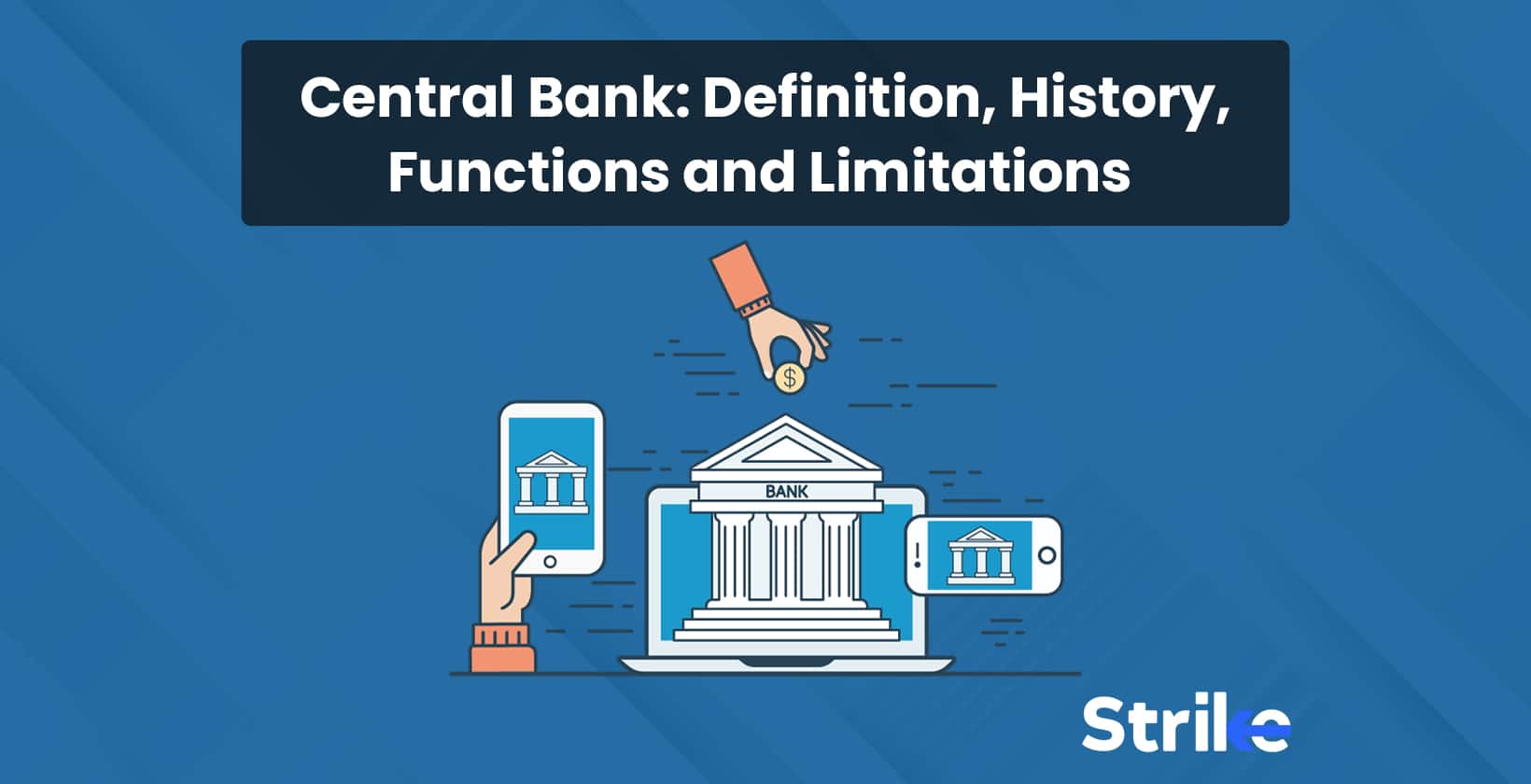





 Previous Article
Previous Article

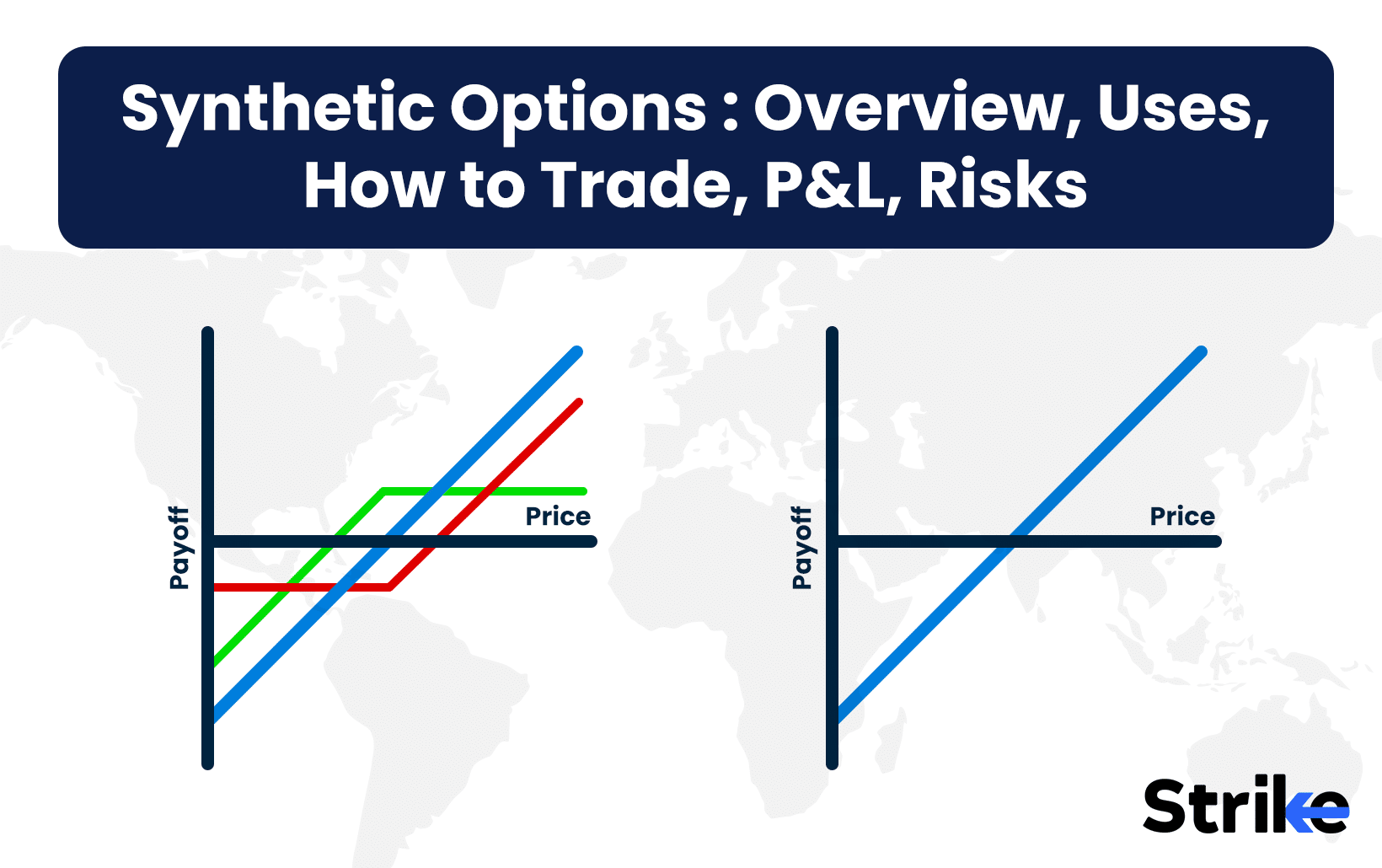
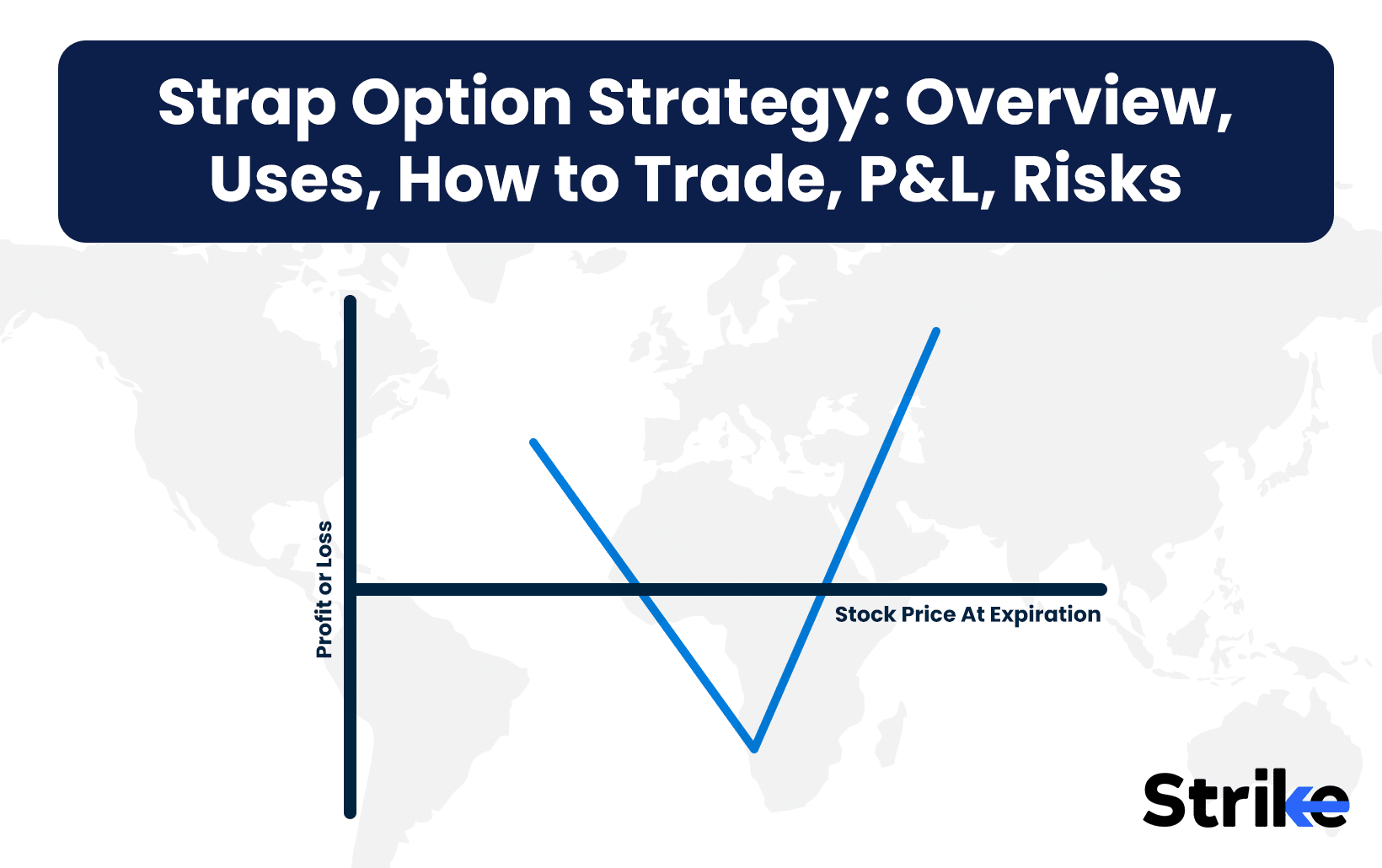
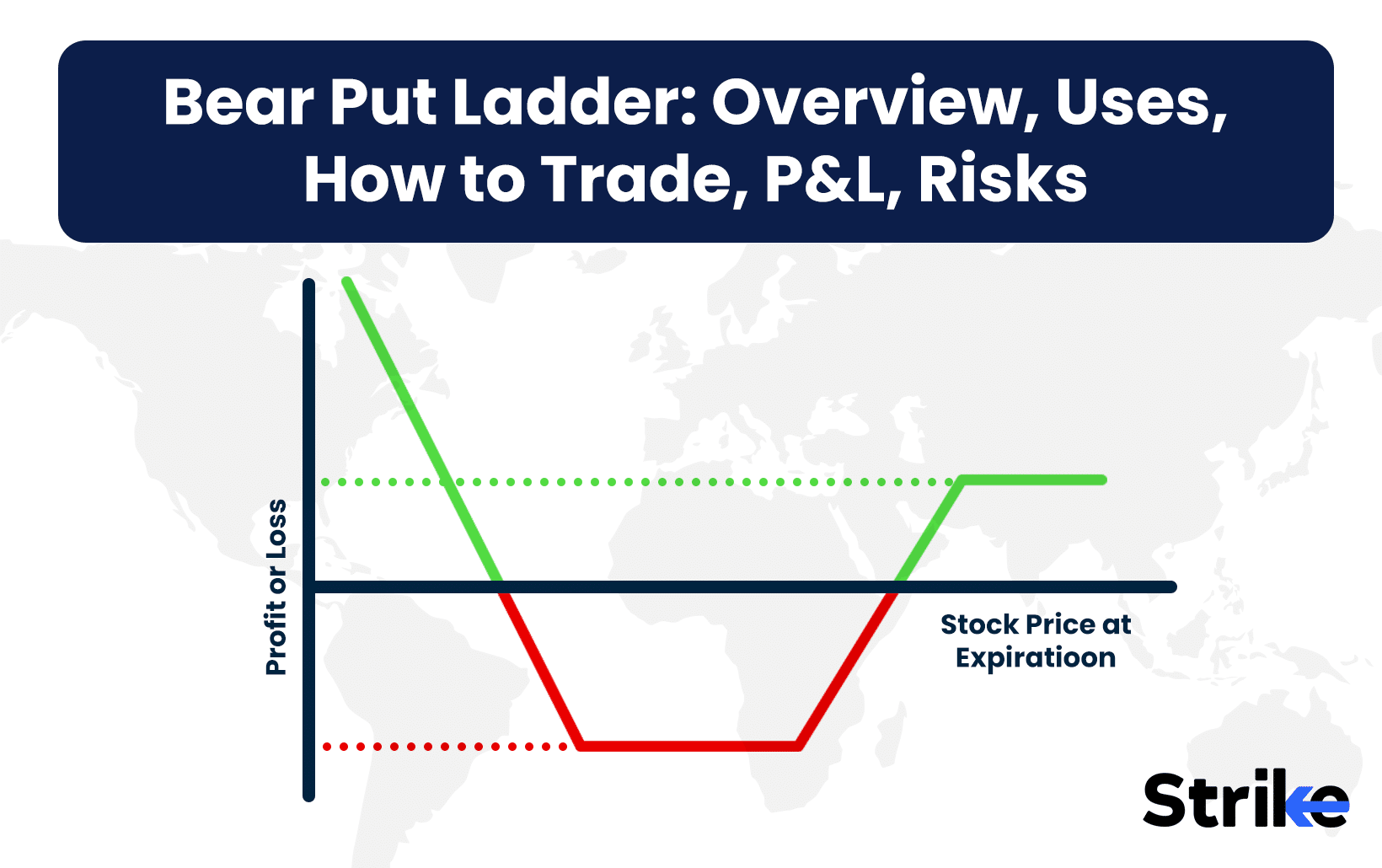
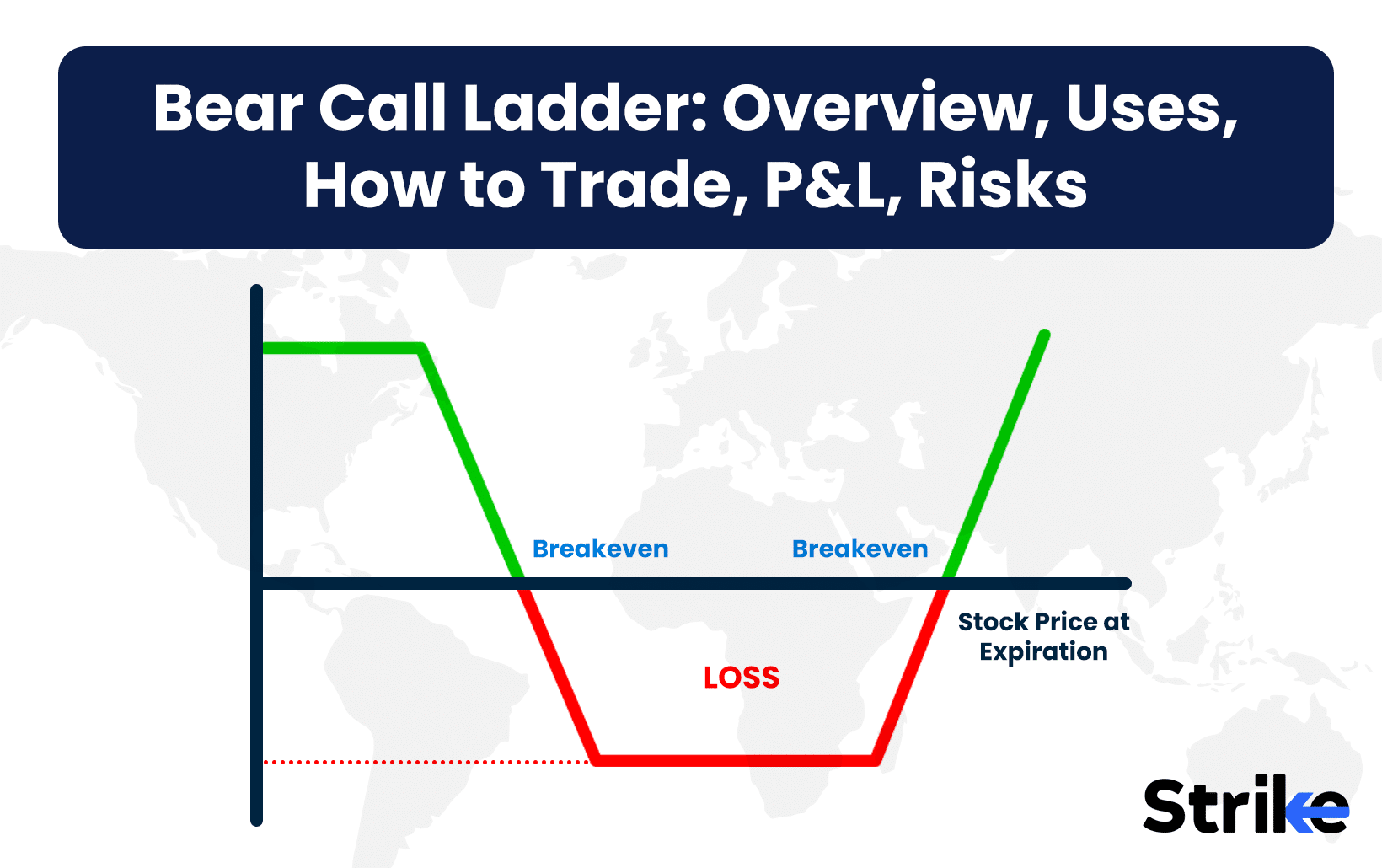

No Comments Yet